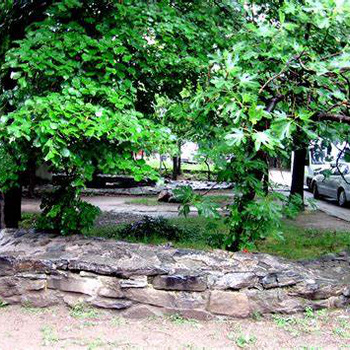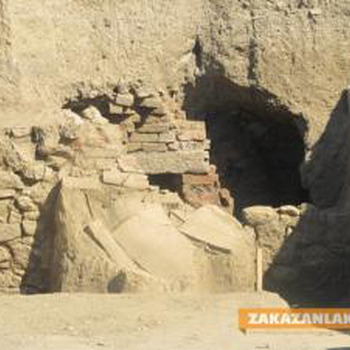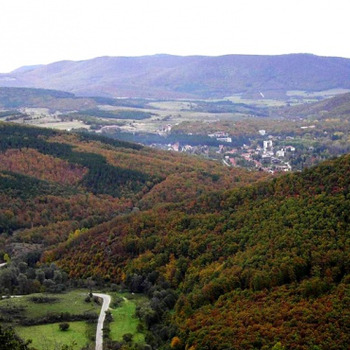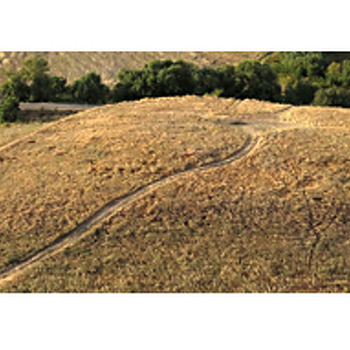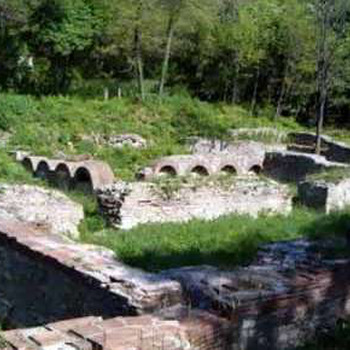Early Christian church and necropolis
Overview
Augusta Trayana is one of the largest Roman cities in the Bulgarian lands, which after the adoption of Christianity as the official religion in the Roman Empire, became an episcopal center. In connection with this, many remains of cult buildings from the period IV-VI century have survived to the present day. Among the churches once located in the late antique city and its surroundings, the following can be mentioned: "Trite chuchura", a Christian complex with a four-conchal church, an old Christian church at the ancient forum of the town, an early Christian three-nave basilica on Zhelezni Vrata Street and early Christian churches in the Chatalka area.
The Four Conchal Church
The early Christian church is located in the center of Stara Zagora, near the intersection of General Stoletov and Gospodin Mihajlovski streets, 50 meters from the eastern fortress wall of Augusta Trayana.
The antiquity was fully studied by a team led by D. Nikolov in 1979-1980.
There are two construction periods in the construction of the building. In the first, which refers to the end of the IV - beginning of the V century, the monument was a four-concha church or martyrdom with a narthex. This building has common external dimensions - length 23 m, width 18 m. The western conch is flanked from the north and south with two small rooms built into the common building. From the individual fragments found, it is understood that the walls of the building were decorated with frescoes and mosaics. As an architectural plan, the four-concha church finds a parallel with the Red Church in Perushtitsa, St. Sophia in Edirne and others.
During the second period (late 5th - early 6th century) the building was extended to the west with an atrium, around which is a closed U-shaped corridor with a portico on the courtyard. With this extension (19 m long, 18 m wide), a huge complex with a total length of 42 m was obtained. Mural fragments were found on the northern wall of the corridor.
During the second period, the narthex of the church was used for burials of high clergy. Four masonry tombs were found, two of them (№3 and № 4) are decorated with frescoes). One of the tombs (№ 3), recognized as an episcopal one, has been preserved and is now on display. On its walls are written 6 crosses and inscriptions in Greek, which are translated as follows: "To be my eternal resting place here, I want to live as I have wished" (Psalm 132: 14), "Lord have mercy" and "God is with us".
Attached corridors from the north and west were also used for burials.
It is believed that the premises west of the four conchas formed an early Byzantine Syrian monastery with a closed plan.
The whole building was burned down and destroyed probably at the end of the 6th century, during the Avar-Slavic invasions. In the XI - XII century a medieval church with a necropolis functioned on the church complex.
Currently, located between apartment blocks, an old building has been partially restored and preserved. But the monument is not well maintained, it has been neglected over the years. The frescoes in the tomb need urgent restoration.
Recommended
- Antique Forum Augusta Traiana
- Hall of Laughter
- Zoo
- Bedechka Park
- Neolithic Dwellings Museum
- Archaeological complex "Museum of Religions"


 Bulgarian
Bulgarian Romanian
Romanian